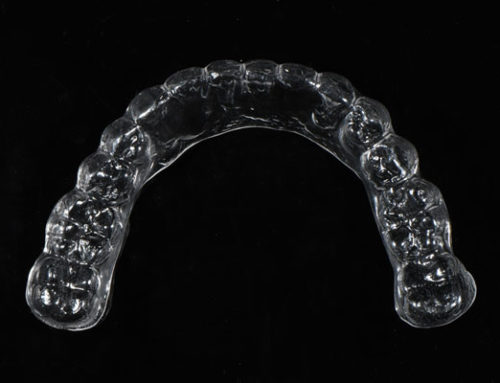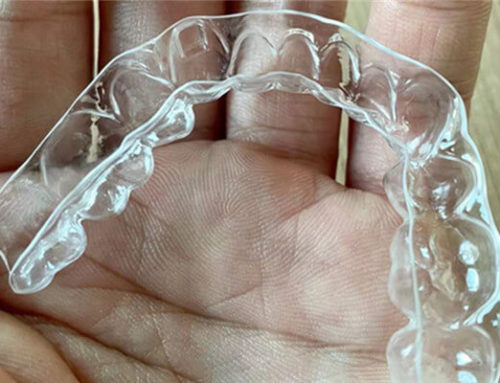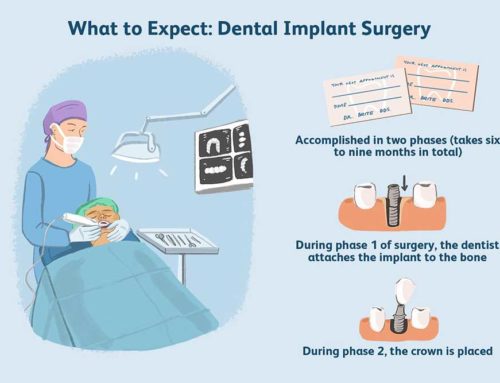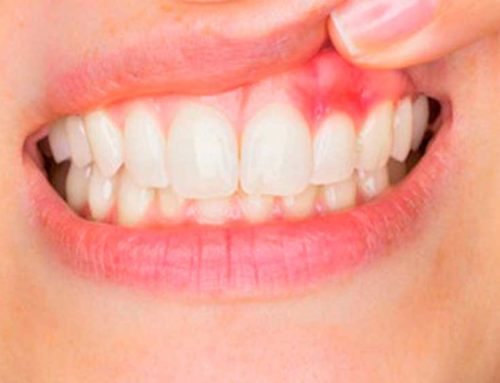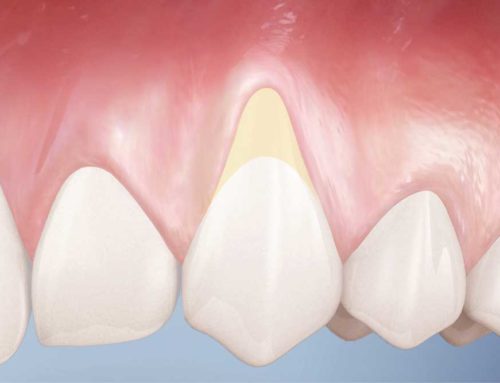Before you start your clear aligner business, invest in your production line, it is good to know what exact equipment you need, and start a clear alignment to your own business.
For the benefit of those new to digital dentistry, we will briefly explain what personal equipment is, and then go into details such as price and other purchase considerations.

1. Digital Scanner-Intraoral and Desktop
The process of manufacturing the clear aligner starts by capturing the digital impression. If you have your own practice and want to send your scans to the laboratory to make a clear aligner, this is the place to start. Today, most modern laboratories accept digital scans on the basis of traditional impressions. If you own a laboratory or are looking for your own calibration business, you must be equipped to receive digital scans from your customers because they are becoming the standard of care today.
Before buying a digital scanner, there are several factors to consider. In today’s Internet age, dental professionals can more easily research different companies and products on the market before making a purchase decision. Although reading online reviews and advice from industry experts is helpful, you must remember that purchasing a system that suits your own workflow is crucial.
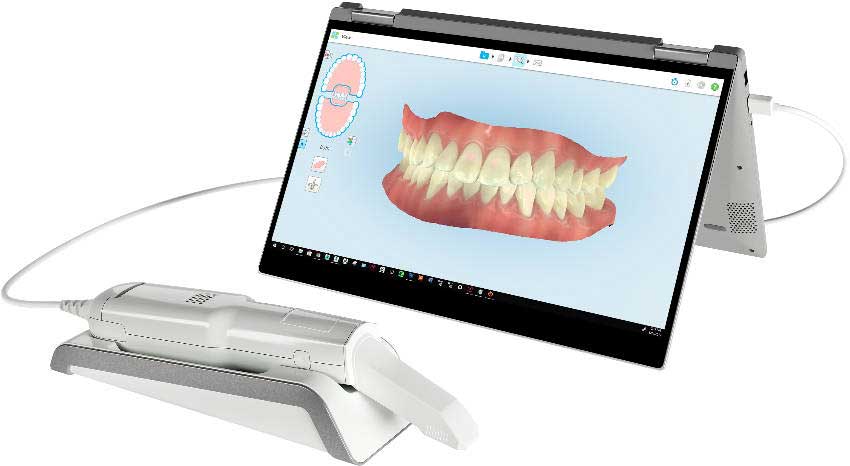
Some companies try to cover both the CAD and CAM parts of the workflow, which plays a key role. For example, if you choose the CEREC digital scanner system, then it is best to know that they also provide milling machines, and your other companies take a different approach to complete the CAD/CAM workflow. For example, 3Shape only has digital scanners (intraoral and desktop) and software in their product line, but they have system integration with various milling systems and 3D printers.
Next, you need to consider ease of use. For intraoral scanners, the size of the rod (the area that enters the patient’s mouth) is the key. For example, if you have many pediatric cases, you will want a scanner that is compact enough to enter a smaller opening. Manufacturers have been carefully studying how to make scanners easier to use. For example, at this year’s IDS conference, 3Shape launched a wireless version of the TRIOS scanner.
When considering different digital scanner brands, accuracy used to be an issue. But the industry has evolved to the point where many systems are accurate enough to be used next to a chair. To prove this, the manufacturer even released various white papers and research reports on this key topic.
Finally, the most important factor to consider is price. In general, the price of intraoral scanners has fallen sharply in recent years due to increased competition from new market entrants from all over the world. Your job range is between US$15,000 and US$50,000. Remember that in addition to the one-time device price, you also need to allocate the annual subscription cost to the total purchase price of the software license.
In addition to intraoral scanners, there are also desktop digital scanners, which are mainly used in laboratories and still accept customers’ traditional stone impressions. A desktop scanner will allow you to digitize these traditional impressions and enable digital design and manufacturing workflows.

2. Treatment planning software
The next thing to consider is the computer-aided design (CAD) component of the digital workflow. This is a software tool, you need to design how much tooth movement is allowed for each clear aligner step. There are many vendors on the market, but you must know that some digital scanners are bundled with some orthodontic software. Therefore, before you proceed to purchase additional software, please confirm with your scanner sales representative what is included in the software package you just purchased.
The price of treatment planning software ranges from US$5,000 to US$20,000. Before purchasing, please make sure that the format of the software export file is compatible with the computer-aided manufacturing system you choose. As a general rule of thumb, most 3D printers today accept STL file printing.
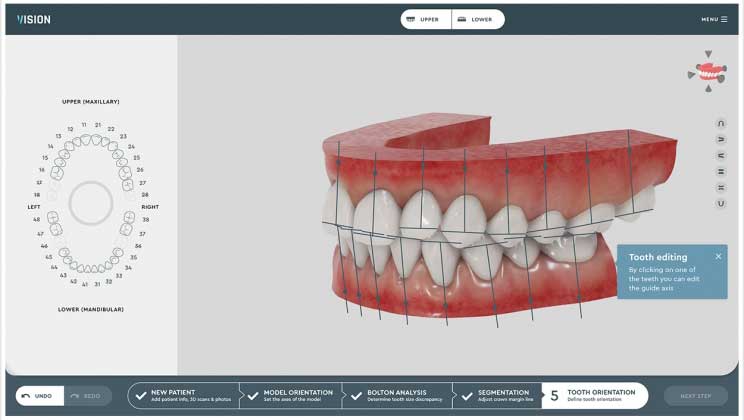
If you want to further simplify your work process, there are also some companies that provide fee-based treatment planning services. An example of such a company is exceeded. All you have to do is upload your digital impression file to them, and within a few working days, you will receive the treatment plan, waiting for your approval. After approval, you will receive a printable file, ready to upload to your 3D printer.
3. 3D Printer
After designing a treatment plan for the patient, a series of steps are now required to convert the digital file into a model form using a 3D printer. Now there are 3D printers of various shapes, sizes and prices on the market. From desktop systems that cost thousands of dollars to industrial-scale systems that cost hundreds of thousands of dollars.
The most commonly used 3D printing technology in the dental field is reduction photopolymerization or resin-based 3D printing. In this type of 3D printing, there are stereolithography (SLA), digital light processing (DLP) and mask stereolithography (MSLA). There are advantages and disadvantages to each method.
In short, SLA printers provide accurate printing at the expense of printing speed and throughput. This is due to the nature of the technology, which uses a single light source in the form of a laser to selectively cure the liquid resin by “tracking” the object point by point. The larger the object or the larger the number of objects, the longer the light source tracking time will be, which increases the overall printing time.
For digital light processing (DLP) printers, a laser light source is used instead of a projector to project the image of the entire object layer onto the resin, which solves the problem of slow printing time for SLA printers. This allows faster printing time because the technology prints each object layer by layer. However, because DLP still uses a single light source, the closer the middle of the platform is to the light source, the light intensity will be much stronger than the edge of the platform that is farther away from the light source. Therefore, DLP technology faces a problem, that is, once it reaches a certain scale, it needs to expand the building area. As you gradually expand the size, the light intensity at the edge of the platform will become weaker and weaker, causing printing accuracy problems.
Mask Stereo Lithography (MSLA) uses an array of light sources instead of a single light source to solve the problems faced by SLA and DLP. Above this array is a digital mask that controls which area of the build platform is illuminated at any given time. As long as the digital mask allows light to pass through, the light will shine on the resin above, forming a layer of printed objects. Therefore, similar to DLP. MSLA prints objects layer by layer, providing excellent speed and throughput required for large-scale manufacturing, but it also solves the scalability problem by using multiple independent light sources instead of one.
4. Thermoforming Machine
Just like 3D printers, thermoforming machines come in various shapes, sizes, and prices. When it comes to clear aligner manufacturing, you really need to pay attention to 3 key factors. The most important thing is the quality of the thermoformed aligner. A good thermoforming machine will provide an aligner, which is perfect for negative models to use. Before making a purchase decision, be sure to ask your sales representative for samples. There should not be any air pockets between the aligner and the model inside, so this machine is not for you.
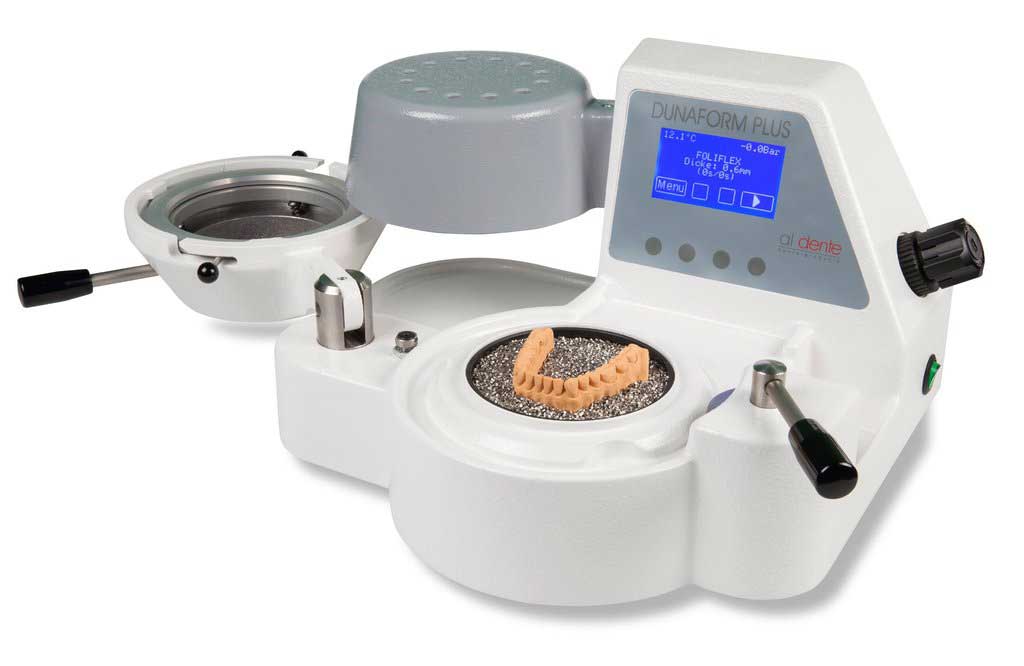
Secondly, pay attention to the temperature used by the thermoforming machine to heat its plastic sheet. Make sure it is compatible with the model produced by the 3D printer. Ask the 3D printer sales representative for the datasheet of the material used to print the model to check the maximum temperature that the material can withstand. In addition, it must be ensured that the material does not penetrate into the final device during the thermoforming process. It is best to choose a material specially formulated for thermoforming applications because it will solve all these problems.
Finally, although most thermoforming machines are relatively simple to use, be sure to check the workflow with the sales representative several times to see if there are any possible bottlenecks. For a seamless manufacturing process, a simple workflow is optimal.
5. A Brand
This will not cost you anything, but it may make or break your clear alignment business. Existing companies have done an incredible job marketing their brands directly to consumers, driving demand from everyday people, rather than through practice or labs. The good news is that due to these efforts, a large part of your market already knows what clear alignment is. Your challenge now is to convince them that your clear alignment with the brand is better than more mature brands. The easiest way is to start optimizing the production process, giving you a cost advantage in this multi-billion dollar industry.
What do you need to become the next major brand of clear aligner? We will help you take the first step towards validating your clear aligner business model.
